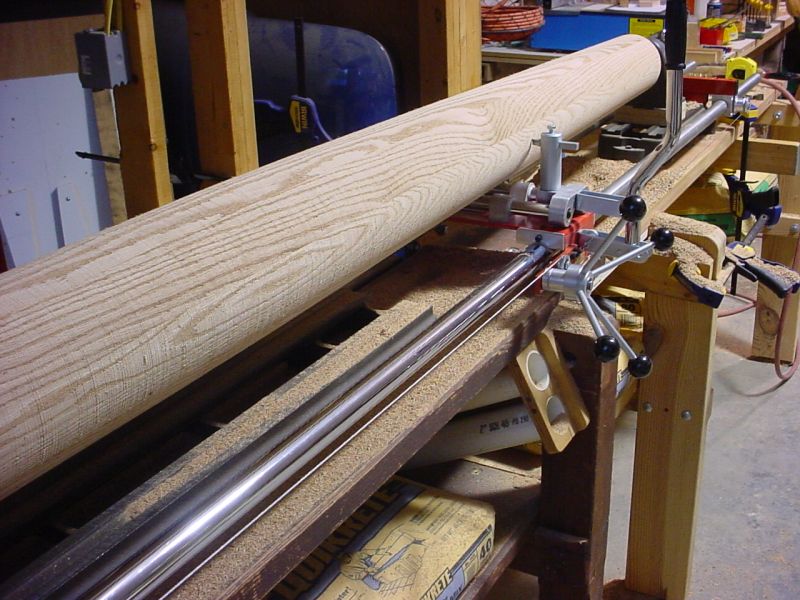Question
I am interested in insert tooling shaper cutters for raised panel doors, but I am wondering how long they stay sharp and how easy they are to work with compared to the traditional carbide cutters. The thing that interests me about insert tooling shaper cutters is the fact that you have the cost of one cutter head but have the ability to cut many different profiles. As a result of this I am stuck between staying with the traditional shaper cutters or going with the insert tooling and having a better ability to offer several different profiles for customers. The cutters I have been looking at are from LRH. What are some of your thoughts between the traditional carbide cutters and the insert tooling shaper cutters?
Forum Responses
(Solid Wood Machining Forum)
From Dave Rankin, forum technical advisor:
From a cost savings point of view, if you can use inserts, you normally will save money. You have no lost time due to them being sent out to be serviced. If an insert breaks, you replace it, while if a brazed-on tip breaks, you send the tool in for repair. As for using head bodies with several profiles, spend some time looking at the different options and buy what you want and need and avoid being sold what is available. LRH makes very good tools. There are other options as well and I would spend time searching for that tool(s) that will satisfy your needs.
Advantages:
1. Carbide grade. The carbide grades used in inserts are harder and have a finer grain structure. This translates to longer wear life and keener cutting edges.
2. Ease of setup. Insert tools can be set up once on a machine and inserts changed without disturbing that setup. This means faster tool changes compared to brazed type tools that may need fine adjustment between tool changes due to diameter changes.
Disadvantages:
2. Proper setup. Inserts must be mounted properly between changes. This includes making sure pitch and dust is removed from all mounting surfaces before putting in a new insert. Seating inserts properly in the head is important to getting the proper cut. Also, proper tightening of gib screws is important to prevent insert breakage or screw stripping.
3. Damage. If an insert head is crashed or an insert is broken, the head may need to be sent back to the manufacturer for repairs. In the worst case scenario, you may have to replace the head due to the damage.
These are the biggest factors to consider.
There is a lot of brazed carbide junk out there. So beware.
Also, inserted tooling seems to cut much smoother and quieter. Inserts are easy to change, etc., but they can be a little more delicate when it comes to very heavy cuts that some large r/p's require. A blowout can easily shatter an insert and damage the head. I like inserts for cope and stick, brazed carbide for r/p.
I usually use custom, oversized profiles for r/p's that are brazed carbide and inserts for cope and stick. Regardless of what you choose, make sure the cope and stick sets are end cutting, and purchase them from a reputable manufacturer that will fix them if you crash. These things happen.
